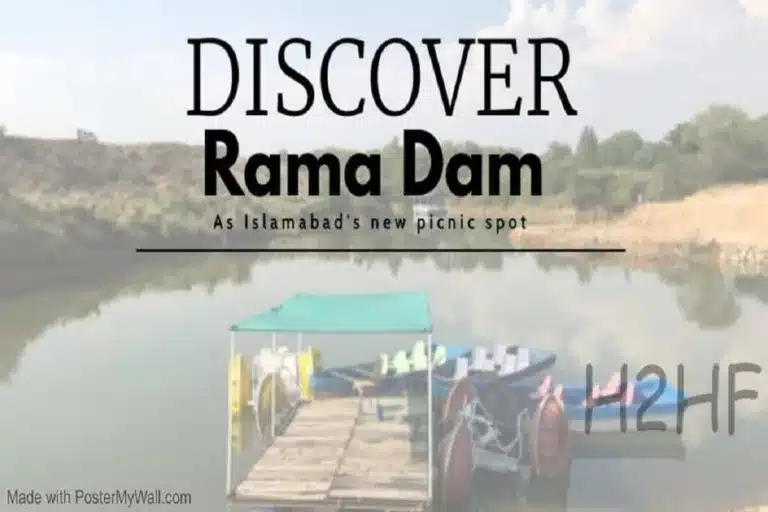Chilas Rock Carvings and Hidden Gold
Chilas Rock Carvings are symbols left by ancient Buddhist worshipers at this important River crossing.
This city is a transit town in the ancient trade and pilgrimage route connecting Ladakh in the East, Kashgar in the North, Balakot towards the South, and Chitral towards the West.

Table of Contents
ToggleChilas Distance from Islamabad
Even now, Chilas is the mid-point (10 hours) between Islamabad and Gilgit-Skardu, when using the Babusar top (at 12000 ft) and an ideal place to break for the night.
Chilas Rock Petroglyphs
Keeping its history as a junction point, it’s no wonder that there are ancient Chilas rock carvings and petroglyphs etched on both banks of the river Indus, dating back to several thousand years BC.
Some of these carvings are messages in some ancient script for caravans following behind the lead one; Hence, the name ‘talking rocks’ of Thalpan.
History of Chilas Rock Pictures
While the trade caravans waited for Indus flow to stabilize, they would practice their Buddhist religion at the makeshift temples and rocks, on the bank of the river. Chilas had the narrowest and calmest crossing over the Indus for caravans, therefore, more traffic.

Chilas Fort
Even the British built a sturdy fort here to keep a watchful eye on people’s movement.
Chilas Buddhist Monastery Ruins
With so much trade, the religious crew came into Chilas. Lo and behold, a few miles from Chilas, there are remains of Buddhist University as well.
Chilas Hidden Gold
Tombs of Buddhist influential have been robbed extensively here. Some, I was told are still intact as the locals do not let suspicious travelers near them.
Locals tell me that robbers have found a crown made of pure gold, bronze Markhor, a gold Buddha, and several precious gems from these sites. None of them landed in any museum.
- Make no mistake, there is gold to be found in GB. Greek historian, Herodotus (in fifth century BC) wrote (Historia III, 102-105) about the land of Dardai) (most likely Gilgit Baltistan), where gold-digging ants – “bigger than a fox, though not so big as a dog was used to collect gold particles.”
- In 1854, Alexander Cunningham mentioned the fact that “the sands of the Indus have long been celebrated for the production of gold.”
- In 1984, a French ethnologist Michel Peissel wrote a book named, “The Ants’ Gold: The Discovery of the Greek El Dorado in the Himalayas”.
- Even now self-styled prospectors sift through Hunza River and Indus to find gold particles.
Grave Robbers and Artifact Thieves
One of the grave robbers I met told me he found a knife and a hatchet from one of the graves that had been robbed already. The local legend says there is a lot more gold on the opposite bank of the Indus River from Chilas, because of its inaccessibility.

Images of Chilas Rock Carvings
One such carving shows a tall hunter wearing a skirt and a raised sword with his kill in his hand.
Another one depicts a trade caravan with horses, women, and children. Identical images on both sides of Indus indicate that these were messages for their own people. One huge boulder with an image of Buddha overlooking a sacred pond acted as a make-shift temple for these travelers.
Stone Carvings of Hunza
Also see, Stone Carvings at Heldikesh at Hunza. It tells the story of a prince and his conquest. This stone carving seems a lot older than the rest as there is no script written below them.

Stone Carvings in Gilgit Baltistan
Overall there are some 40,000 different pieces of writings/carving around Gilgit Baltistan (GB). As GB was relatively better connected to China and Ladakh, Buddhism seemed to be the dominant religion till the 1400s.
It’s only after the British were adamant to develop the Babusar crossing, did we have better access from the South. Islam came to the regions through Islamic preachers from Iran/Iraq that dared the mountain passes of K-2, Siachen, Kargil, and Khunjerab.

Ancient Scripture at Khaplu
I saw a flowery script of Sanskrit on a rock face in the heart of Ganche valley at Khaplu (I wish someone could decipher it for me). There are more Buddha images carved on a mountain face on one of the gorges of Khaplu as well.

Forts of Gilgit Baltistan
Although the Land of Gilgit Baltistan was naturally protected from outside invaders by huge mountains, but still local Rajas kept their people subservient by building forts to lord over them.
Of the five GB valleys, I visited all these had forts, Palaces and Rock Carvings
Across the Kohistan mountain ridge, at about 100 miles from Chilas, we have the Buddhist rock carvings of Swat Valley as well.
This shows that this religion pervaded northern Pakistan for several centuries.
Conclusion
Any other country would have millions of Chinese, Korean, Japanese, Sri Lankan and Hindu priests clamoring to see what their original monks were thinking by studying these rock carvings.

Conversion to Islam
The local legend says that the Muslim preachers that came to this region from Iraq and Iran offered the local Kings a better way of consolidating their hold over their people in exchange for endorsing the mass conversion to Islam- and they succeeded in doing so.
For the gold diggers, I say the secret is in the Chilas rock carvings.
Chilas Hotel
For curious travelers, I say Chilas is dusty and hot, but Shangrila hotel is a nice place to stay and its rich history is a reward in itself.








national treasures robbed by locals is a shame
👍🏻